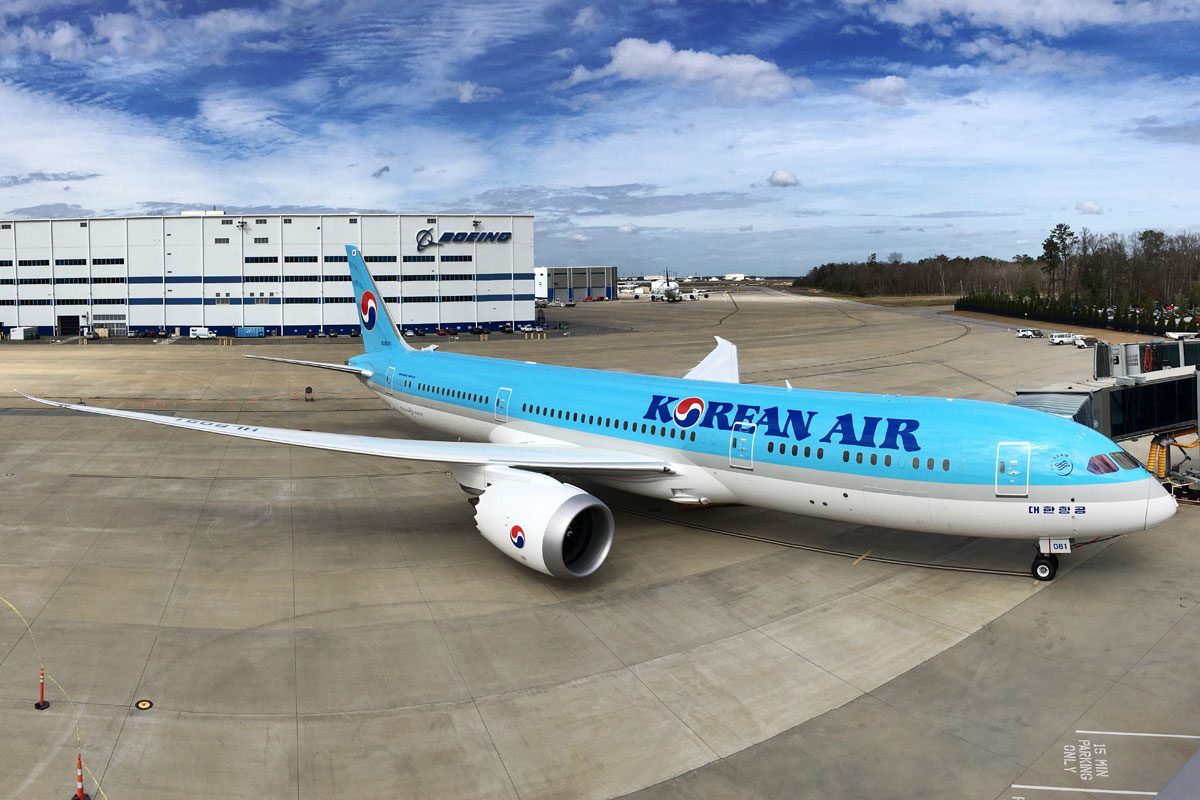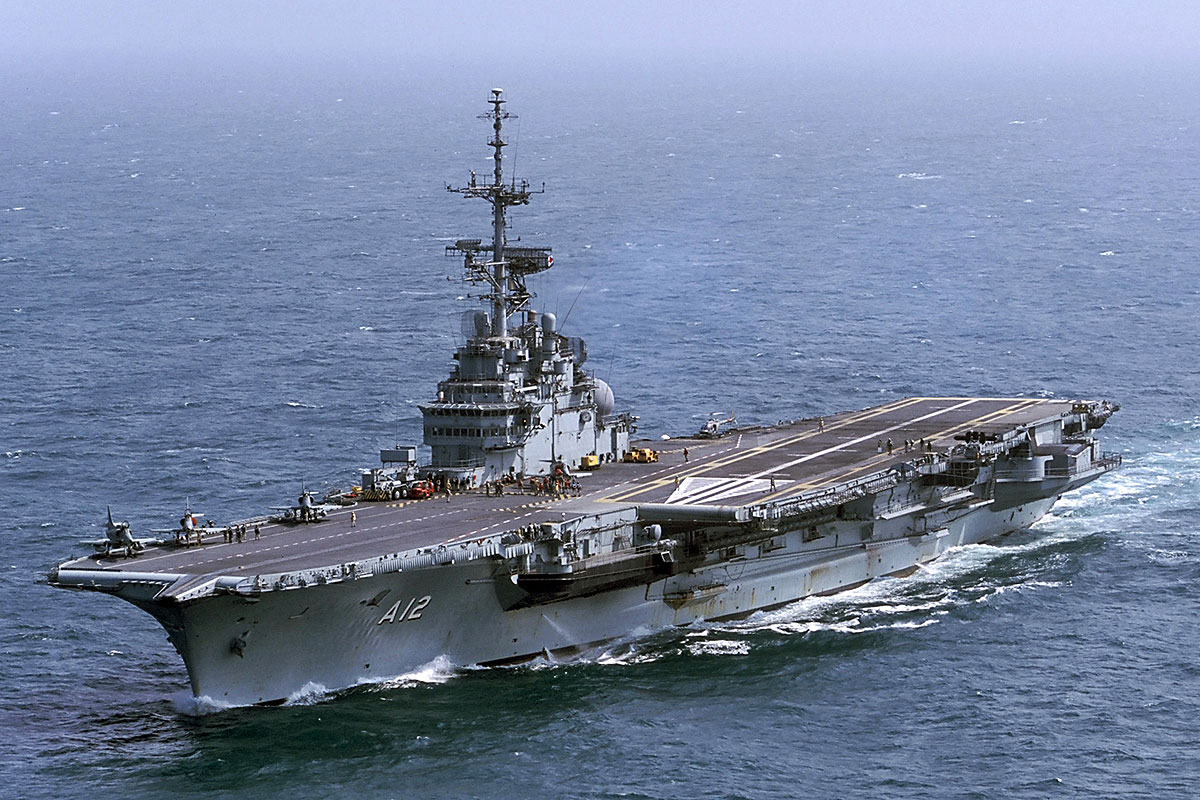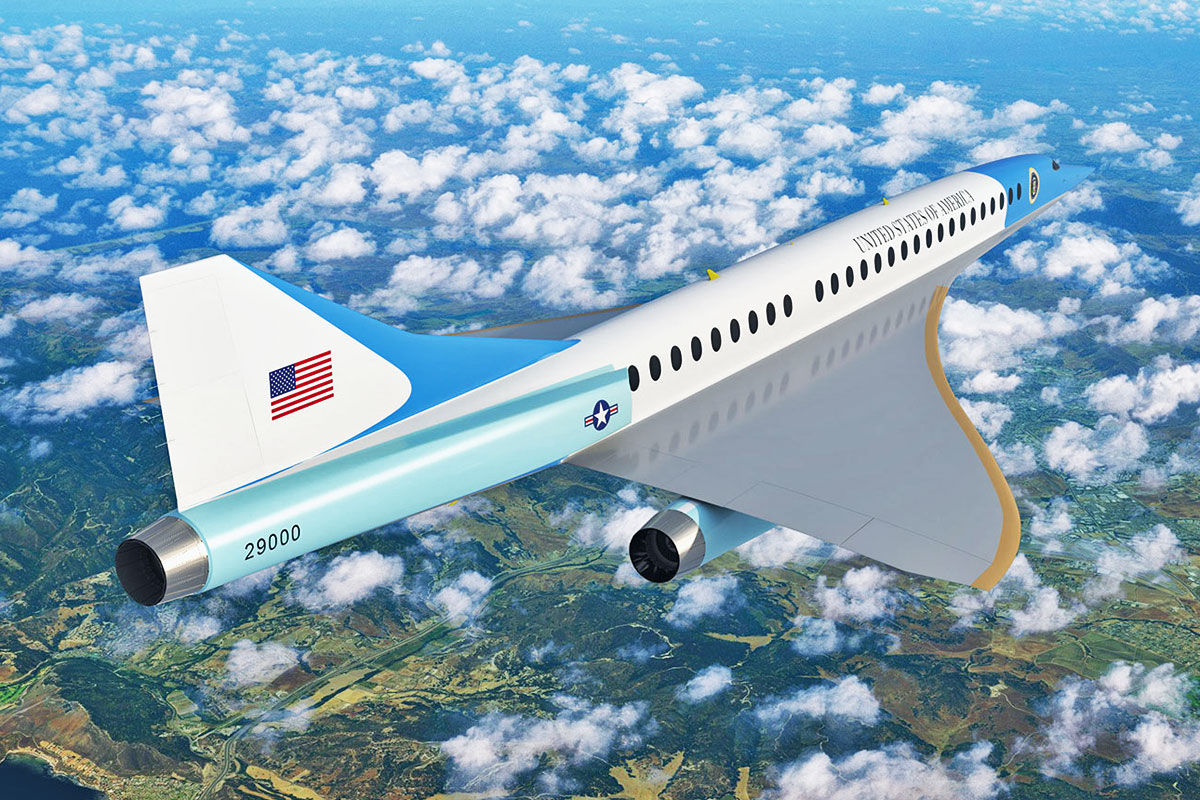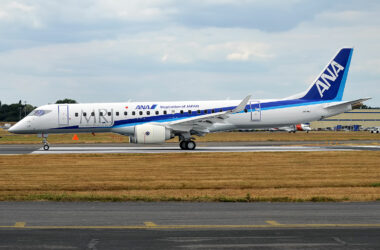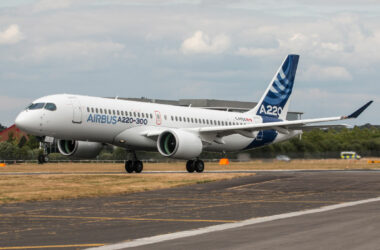Structural flaws in the back of the fuselage of eight 787 Dreamliner aircraft could involve more aircraft, according to FAA insider information revealed by The Wall Street Journal. Made of composite material, these components are produced at Boeing’s North Charleston plant and have been suspected of deficiencies in quality control.
According to the newspaper, the FAA is investigating whether the issue affects more aircraft than the eight pointed out by Boeing and which belong to the companies Singapore, United and Air Canada. According to Flight Global, at least one 787-10 from All Nippon Airways (the model’s largest customer) is grounded because of these suspicions.
According to another newspaper, the Seattle Times, Boeing is analyzing data from the entire fleet to discover any aircraft has at least one of the structural flaws, but without the need to take them out of operation.
Aviation Week, however, said last week that the problem could affect several hundreds of 787. According to airframer, one of the two flaws does not affect aircraft safety and the repair can be done during routine maintenance checks, but if an aircraft presents both problems has to be grounded.
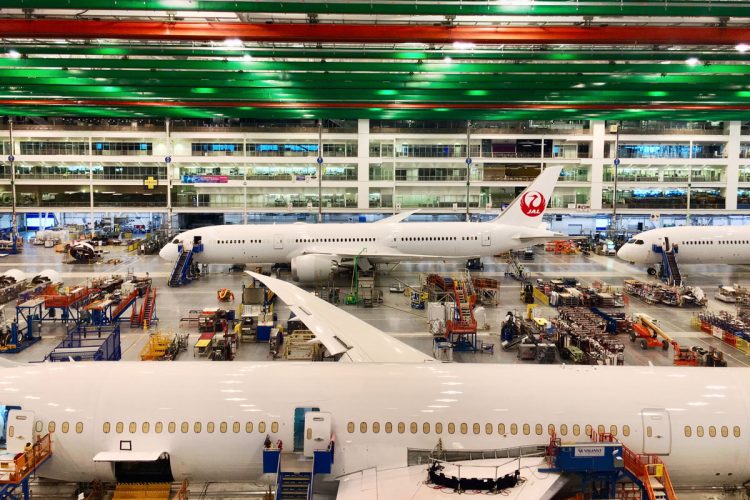
Split production
The production failure is yet another problem that Boeing has with the South Carolina unit, opened at the beginning of the decade to assemble only the Dreamliner aircraft. With non-union employees, the plant would have a lower production cost than units located in Washington state.
Before the crisis, Boeing produced 14 787 jets per month, seven of them in North Charleston. But in 2021 the manufacturer will reduce the monthly fee to just six units and should choose to concentrate production in only one location. The new plant would be a favorite.

